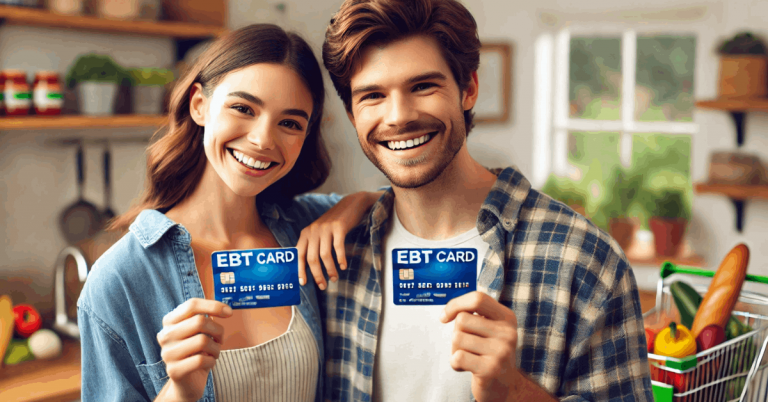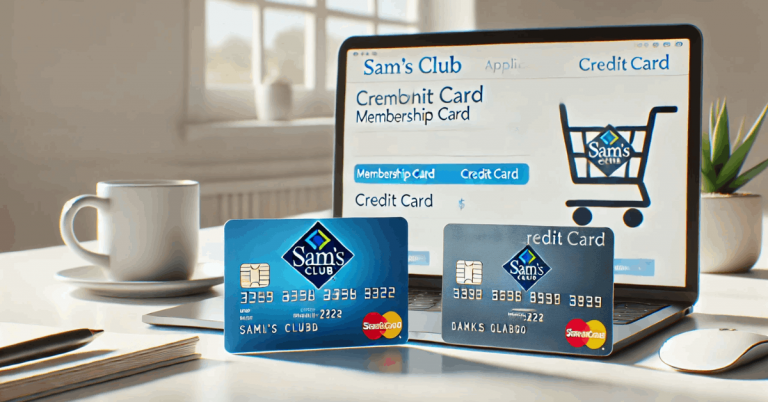The Supplemental Nutrition Assistance Program (SNAP) provides financial support to low-income individuals and families in the United States when purchasing food. This federal program addresses poverty and hunger through essential benefits.
This guide explains SNAP eligibility requirements, the application process, how benefits can be used, and tips for applicants. It focuses on helping individuals understand and access the program effectively.
Supplemental Nutrition Assistance Program Overview
The Supplemental Nutrition Assistance Program (SNAP), originally called the Food Stamp Program, was established in 1939 to address food insecurity during the Great Depression. It allowed individuals to use food stamps to purchase surplus food items.
Program Reforms
SNAP has undergone significant changes since its inception. In 1964, major adjustments modernized the program. By 1977, reforms removed the purchase requirement, making it more accessible.
In 2008, it was officially renamed SNAP, emphasizing nutrition and support for low-income families in the United States.
Benefits of Enrolling in SNAP
SNAP supports millions of individuals and families in the United States by improving food security and access to essential resources. Here are key benefits of participating:
- Monthly Financial Assistance: SNAP provides monthly benefits tailored to household size and needs. For example, a family of four might receive an average of $680 per month to help cover grocery costs.
- Access to Nutritious Food: Participants can buy healthy food options, including fruits, vegetables, meat, and dairy. Fresh produce from participating farmers’ markets is also eligible.
- Improved Food Security: The program helps families maintain consistent access to sufficient food, supporting children’s growth and overall family well-being.
- Flexibility in Food Purchases: Beneficiaries can select foods that meet their dietary and cultural preferences, ensuring diverse and suitable meal options.
- Additional Benefits: SNAP eligibility often links to other programs, such as energy assistance, creating a more comprehensive safety net.
SNAP Program: Typical Scenarios for Utilization
The SNAP program provides critical assistance to individuals and families across the United States, ensuring access to nutritious food during challenging times. Below are examples of situations where SNAP proves essential:
- Unemployed Families: SNAP supports households when primary earners lose their jobs, ensuring access to food even during financial hardship.
- Seniors on Fixed Incomes: Elderly individuals with limited pensions or savings rely on SNAP to afford healthy meals and stretch their budgets.
- Individuals with Disabilities: People with disabilities, often facing additional expenses, use SNAP to secure adequate nutrition without sacrificing other basic needs.
- Single-Parent Families: Single parents use SNAP to provide their children with healthy meals while managing work and caregiving responsibilities.
- Low-Income College Students: Students from low-income households benefit from SNAP, which reduces food insecurity and allows them to focus on academics.
Steps to Apply for SNAP Benefits Online
Applying for SNAP benefits in the United States is a straightforward process that ensures eligible individuals and families can access essential nutritional assistance. Here’s how you can complete the process:
- Access the SNAP Website: Visit your state’s official SNAP website or the USDA’s SNAP application page to begin.
- Register an Account: Create an account on the platform by providing your basic personal details.
- Complete the Application Form: Fill out the online application form, including information about income, household size, and monthly expenses.
- Upload Supporting Documents: Submit digital copies of necessary documents, such as proof of income, identity, and residency.
- Please review and Submit: Double-check the application for any errors and submit it through the online system.
- Schedule an Interview: Once submitted, schedule the required interview. Many states allow this step to be completed over the phone.
- Await Notification: After the interview, wait for confirmation of your SNAP benefits approval.
Steps to Use SNAP Benefits
After receiving approval for SNAP benefits in the United States, knowing how to use them effectively is essential. Follow these steps to maximize the assistance:
- Receive Your EBT Card: You will be issued an Electronic Benefits Transfer (EBT) card, which works like a debit card for eligible purchases.
- Activate the EBT Card: Follow the instructions to activate the card and set a secure PIN.
- Check Your Balance: Monitor your benefit balance online or through the provided phone service to update you on available funds.
- Shop at Authorized Retailers: Use the EBT card at approved grocery stores, supermarkets, and farmers’ markets that accept SNAP.
- Purchase Eligible Food Items: Benefits can be used to buy fruits, vegetables, meat, dairy products, and grains.
- Avoid Non-Eligible Items: SNAP benefits cannot be used for alcohol, tobacco, non-food items, or hot prepared meals.
- Track Spending: Save your receipts to keep track of purchases and the remaining balance on the EBT card.
Do’s and Don’ts for SNAP Program: Applying and Using Benefits in the United States
The Supplemental Nutrition Assistance Program (SNAP) helps low-income individuals and families in the United States access nutritious food. Proper use of SNAP benefits ensures compliance and maximizes the support provided.
Best Practices for SNAP Participants
Adhering to best practices ensures participants maintain eligibility and make the most of their benefits. Focus on these key steps:
- Report changes promptly: To avoid errors in benefit calculations, notify the program of any changes in income or household size.
- Use benefits wisely: Purchase only eligible items, emphasizing nutritious food to support a balanced diet.
- Track your balance: Monitor your SNAP balance to manage monthly food expenses.
- Plan grocery trips: Shop according to the approved SNAP eligibility list to avoid issues at checkout.
- Complete recertification on time: Meet recertification deadlines to prevent interruptions in benefits.
Common Mistakes to Avoid in SNAP Usage
Avoid these pitfalls to maintain eligibility and prevent complications:
- Don’t purchase ineligible items: Non-food products, alcohol, tobacco, and hot prepared foods cannot be bought using SNAP benefits.
- Never share or sell EBT cards: Misusing your EBT card or PIN can lead to fraud charges and disqualification.
- Meet recertification deadlines: Missing these deadlines can result in a suspension of benefits.
- Report accurate information: Failing to update income or household details can lead to overpayment issues and potential penalties.
- Focus on essentials: Avoid spending benefits on luxury or non-essential food items and prioritize basic nutritional needs.
SNAP Program: Calculating Monthly SNAP Benefits in the United States
Here’s a simplified guide to calculate your monthly SNAP benefits based on the program’s guidelines in the United States:
1. Determine Gross Income
The gross monthly income of full-time workers earning the federal minimum wage of $7.25/hour is $1,257.
2. Adjust for Deductions
Apply these standard deductions:
- Standard deduction: $193
- Earnings deduction: 20% of gross income, which is $251
- Childcare costs: $54
- Subtracting these amounts from the gross income leaves a countable income of $759.
3. Calculate the Shelter Deduction
Start with monthly shelter costs, such as rent or utilities, totaling $1,066. Subtract half of the countable income ($380). The result is $686. The maximum shelter deduction allowed is $624, so this capped amount is used.
4. Determine Net Income
Subtract the shelter deduction ($624) from the countable income ($759), resulting in a net income of $135.
5. Estimate the Household Food Contribution
Households contribute 30% of the net income toward food costs.
For this example, 30% of $135 equals $41.
6. Calculate the Monthly SNAP Benefit
The 2023 maximum SNAP benefit for a three-member household is $740.
Subtract the food contribution ($41) from the maximum benefit. The final monthly SNAP benefit is $699.
Conclusion
The SNAP program provides essential nutritional support to low-income households in the United States.
This article explains the application process and eligibility requirements, focusing on how SNAP addresses the food security needs of millions of Americans.
Eligible individuals should apply to access the benefits of this program. SNAP remains a key resource for improving food access and fostering healthier communities across the United States.











